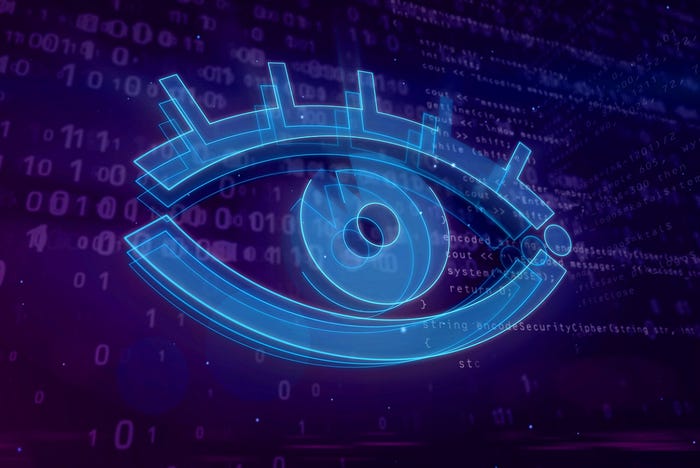The Value Of Device Authentication
'Fingerprinting' evolving to protect device IDs

Since the beginning of e-commerce in the mid-1990s, businesses noticed that transactions conducted online can be strengthened in assurance if we can “remember” that a particular device is the same that was used before to conduct successful transactions. A known device provides knowledge about the history of the device and can mitigate against fraudulent transactions that use stolen cards.
Later on, similar techniques now referred to as device fingerprinting are quite popular in detecting devices that have been used to conduct fraud online. Several businesses have started up that provide knowledge about connected devices.
Fraudsters have since responded with techniques to continuously change the device ID in order to deceive these systems. Furthermore, the use of botnets has increased in the fraud rings since these devices are likely to only appear one time and are impossible to detect in this regard.
Having said all that, it is useful to remember devices that users have used to conduct online transactions, and to tie these to the fraud history of the devices. Many different techniques are used today to fingerprint devices, mostly using browser environment fingerprinting, but some actually use techniques that detect certain characteristics about the machine hardware itself.
Several industry efforts are working on improved and perhaps cryptographically strong versions of a device ID. These techniques will become available soon and will help prevent fraudsters from making their machines “look different” every time they use them. I will discuss this a bit more in my next blog.
Dr. Taher Elgamal is the inventor of the Elgamal Digital Signature scheme, which is the basis for Digital Signature Algorithm (DSA). While serving as chief scientist of Netscape Communications, he was the driving force behind SSL. He is the founder of IdentityMind.
About the Author(s)
You May Also Like
Key Findings from the State of AppSec Report 2024
May 7, 2024Is AI Identifying Threats to Your Network?
May 14, 2024Where and Why Threat Intelligence Makes Sense for Your Enterprise Security Strategy
May 15, 2024Safeguarding Political Campaigns: Defending Against Mass Phishing Attacks
May 16, 2024Why Effective Asset Management is Critical to Enterprise Cybersecurity
May 21, 2024
Black Hat USA - August 3-8 - Learn More
August 3, 2024Cybersecurity's Hottest New Technologies: What You Need To Know
March 21, 2024




